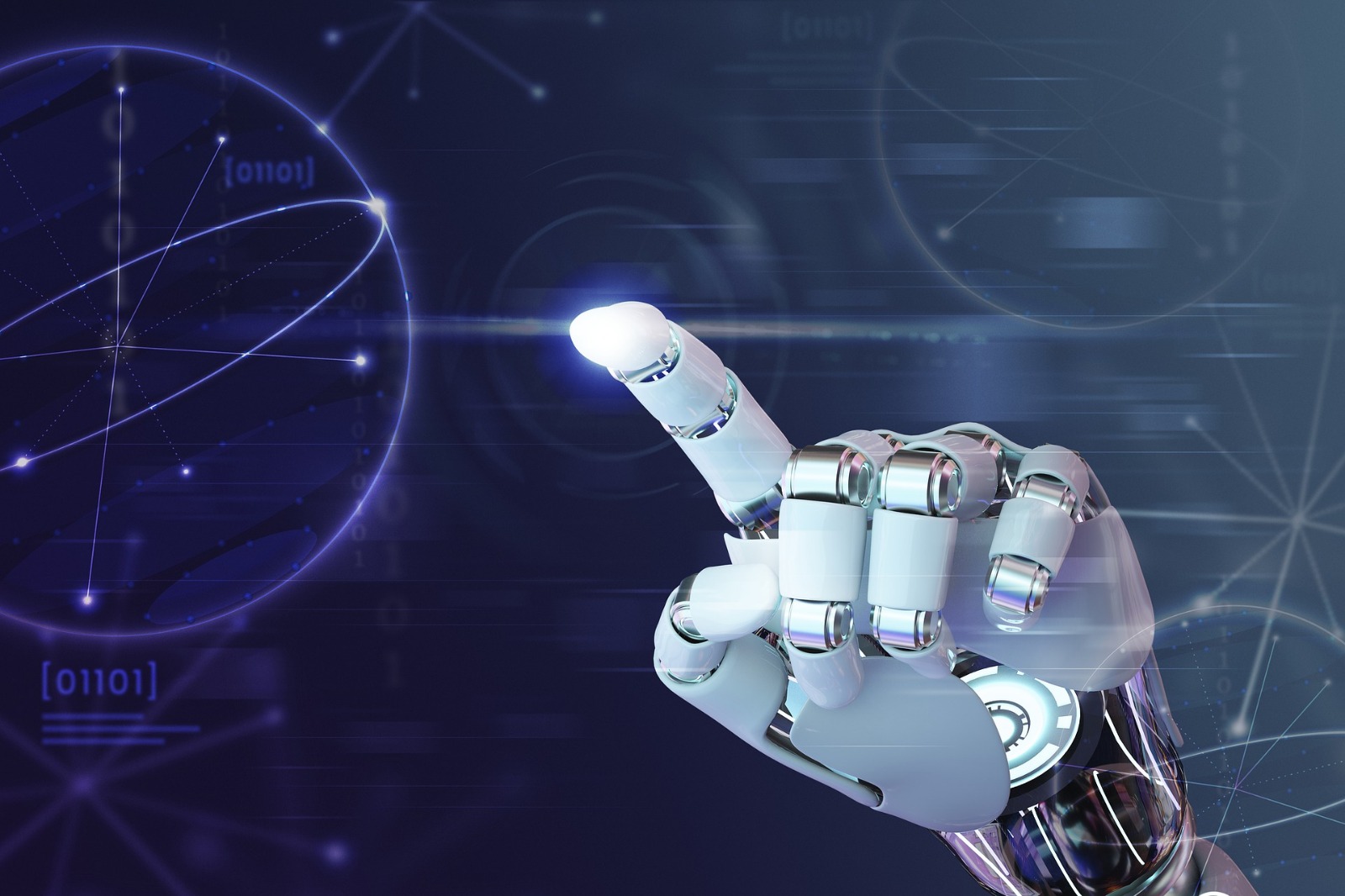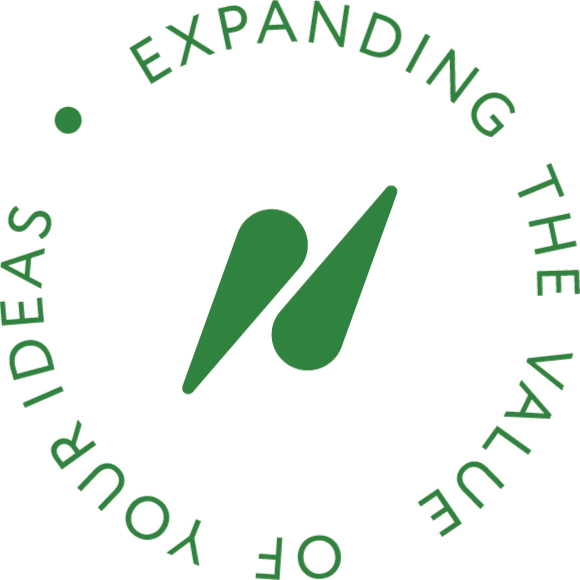

Inventorship Guidance for AI-Assisted Inventions from USPTO
The United States Patent and Trademark Office (USPTO) has officially released Inventorship Guidance for AI-Assisted Inventions, as outlined in the Federal Register. This initiative aligns with the Executive Order on the Safe, Secure, and Trustworthy Development and Use of Artificial Intelligence (AI).
Effective as of February 13, 2024, the guidance offers clear instructions for examiners and stakeholders on evaluating the significance of human contributions to an innovation when AI is also involved. It acknowledges and supports the integration of AI in the innovation process, emphasizing that AI-assisted inventions are not automatically deemed unpatentable. Examiners are provided with directives on identifying the rightful inventor(s) in cases where humans collaborate with one or more AI systems. The USPTO has gone a step further by illustrating hypothetical scenarios, aiding both examiners and applicants in understanding the application of the guidance. For instance, it clarifies that merely recognizing a problem and presenting it to an AI system is insufficient for inventorship, but constructing a meaningful prompt may meet the criteria.
The fundamental objective of these guidelines is to strike a balance in the patent system, promoting patent protection for AI-assisted inventions with significant human contributions while avoiding unnecessary hindrance to future innovations.
Contrary to evaluating whether AI contributions would equate to human inventorship, the guidance focuses on whether the human named on a patent has made a substantial contribution. A patent’s eligibility for protection hinges on having at least one named human inventor meeting this requirement.
Anticipating the increasing ubiquity of AI, where individuals build upon each other’s AI-assisted inventions, the USPTO refrains, at present, from imposing new disclosure requirements for AI usage beyond existing rare circumstances mandated by USPTO rules.
Looking ahead, the USPTO aims to collaborate with international counterparts to discuss and harmonize inventorship guidance for patenting AI-assisted inventions, fostering a cohesive AI policy across borders.
